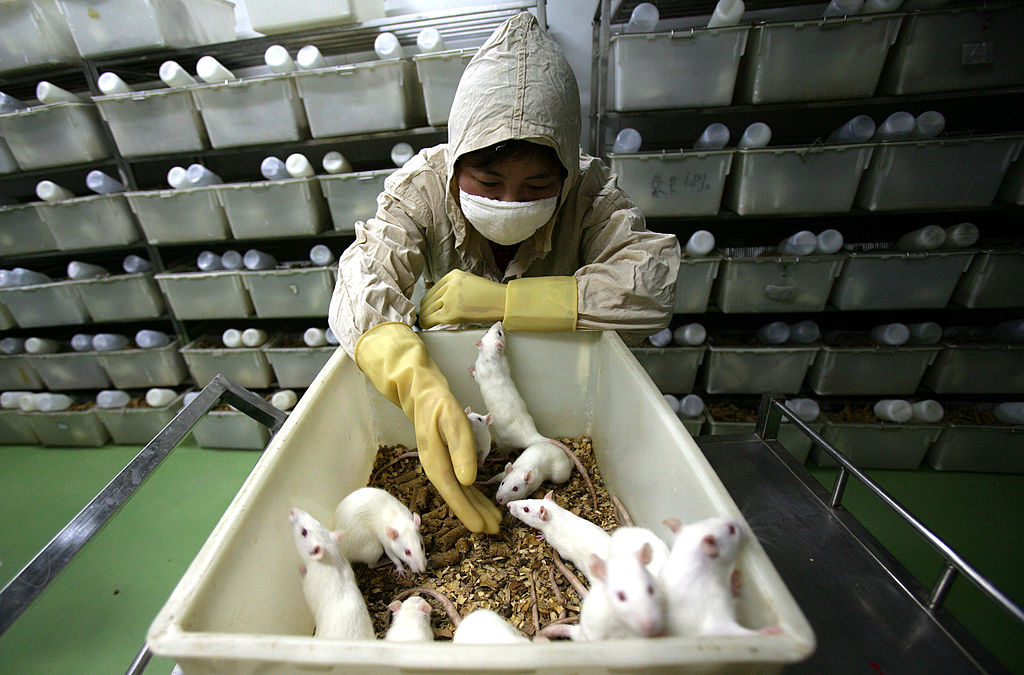Study Sheds Light on How Malfunctioning Components in DNA Cause Cancer

To further investigate if the concurrent loss of both ARID1A and ARID1B would lead to destroying cancer cells, study authors took out both genes in mice.
A new study by the Children's Medical Center Research Institute at UT Southwestern CRI identified how mutations in ARID1A and ARID1B, two essential SWI/SNF proteins, can drive the development of cancer by interrupting the SWI/SNF complexes' assembly.
The research which Nature Cancer published answers important questions about SWI/SNF biology and the therapeutic approaches developed to kill cancer cells by aiming the complex.
As described by an online news agency, the SWI/SNF chromatin remodeling complexes, "like wrenches made of Legos," tighten or loosen DNA in human cells to regulate how genes are turned on and become proteins.
When correctly assembled, these complexes play an important role in the normal tissues' development, and when they get broken, they can lead cancer to develop.
Relatively, such complexes are typically interrupted by mutations in the genes that encode them. However, as indicated in the study, exactly how the interruptions result in cancer remain poorly understood.
The Key Proteins
According to CRI associate professor Haw Zhu, M.D., "While it is abundantly clear that the SWI/SNF components are malfunctioning in almost all types of cancers, it is uncertain how mutations in the said components result in such complexes."
Zhu, also the study leader, added it remains unclear how broken complexes can cause illness. In this research, the associate professor also said they tried to break cleanly, an essential SWI/SNF complex to investigate just how it breaks, as well as how it results in the uncontrollable growth of cancer.
Essentially, as indicated in the study, SWI/SNF protein complexes contribute to the packing and unpacking of DNA in the genome and comprise from 10 to 15 interacting proteins "that can be arranged into different configurations in different tissues."
The study authors were able to identify three main SWI/SNF complex types: the cBAF, pBAF, and ncBAF. But despite the identification of the three, their functions in the development of tissue and illness remain unclear.
DON'T MISS THIS: 6 Reasons Why You're Gaining Weight Unintentionally
Focus on cBAF Complex
To further understand these complexes' essentiality in animals, the study authors concentrated on the cBAF complex.
This particular complex was selected as it is the most abundant of all the complexes and considered a subunit to this complex; ARID1A is considered among the most mutated genes in human cancer.
This particular subunit is closely linked ARID1B, another known protein that, the researchers explain, is unique to cBAF.
Furthermore, it has been presented that for some cancer cells to survive, they would need at least one ARID1 protein.
Therefore, to further investigate if the concurrent loss of both ARID1A and ARID1B would lead to destroying cancer cells, study authors removed both genes from lab mice.
Astoundingly, researchers found that the loss of both genes led to the aggressive formation of skin and liver cancer within weeks.
Study authors also found that loss of such proteins resulted in the cBAF complex's disassembly into numerous dysfunctional pieces.
They were, however, finally able to reveal how the two proteins retain stabilizing links between deferent components within the cBAF complexes.
IN CASE YOU MISSED THIS: Is Excessive Exercise Linked to Eating Disorders? Here's What Studies Say
Check out more news and information on Cancer on MD News Daily.
© MD News Daily.
